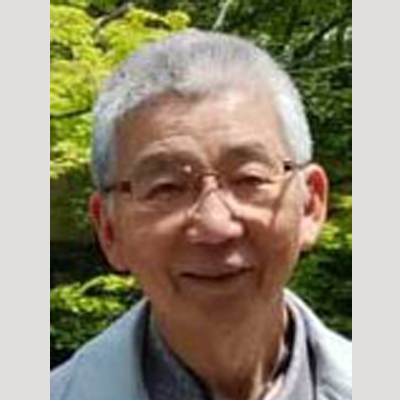|
This month the Chair and Vice-Chair of the Communications Committee are delighted and honoured to bring to you an interview with Professor Kazuhiko Tanaka, the Chair of the 1st ICTDM (Osaka, 1988). This is the second Blog we bring to you in both English and Japanese on the lead up to the 15th IATDMCT Congress in Kyoto.
Kazuhiko Tanaka
Professor Emeritus, Osaka University of Pharmaceutical Sciences
Adviser, Kidney Center, Shirasagi Hospital
|
You were the Chair of the 1st ICTDM (1st International Congress of Therapeutic Drug Monitoring, see COMPASS Vol 14(4) Dec 2015) in Osaka (1988) that was the founding Congress of our Association. Now we are looking forward to meeting you at the 15th ICTDMCT (15th International Congress of Therapeutic Drug Monitoring & Clinical Toxicology) that will take place again in Japan, in Kyoto this time.
I should perhaps make it clear, at the outset, that I am now retired. What follows is an old man’s rambling; I leave it to you what to make of it.
When we organised the 1st ICTDM in Osaka back in 1988, the main purpose was simply to see and learn from the state-of-the-art TDM research done overseas. Now, 29 years later, looking through what the 15th ICTDMCT has to offer, I cannot but marvel at what a long way we have come. I am looking forward to meeting and talking with as many participants as I can. Catching up with those who attended the 1st ICTDM 29 years ago is a particularly exciting prospect.
Looking back at the 33-year history of TDM and CT in Japan, what are the 3 most important developments in the field that have been achieved?
It was 33 years ago, on 13 May 1984, that the 1st CJSTDM (Congress of Japan Society for Therapeutic Drug Monitoring) was held in the auditorium at the National Cardiovascular Center in Osaka. At that time, the main focus was merely on the clinical measurement of drug concentrations in the blood, as well as on comparative studies of different measurement methods. In general, fundamental research was only beginning to be applied clinically in those days. The 33 years since then have seen remarkable advances both in fundamental research and in clinical application.
In your opinion, what does the future look like for TDM and CT? What are the 3 most important directions to be fostered in Japan and/or globally?
Ever since I got to know of TDM, my ultimate aim or hope has always been to achieve the proper use of pharmaceutical products that needs no TDM and CT whatsoever (yes, it may take quite a while). I am convinced that TDM and CT developments come only from our daily job, be it medical practice, research, or whatever it happens to be. We may then put together what we do every day in the form of an academic presentation or paper, exchanging information with people like IATDMCT members. Each step may look trivial, but that is the way we proceed.
Many of your JSTDM (now JSTDM: Japanese Society of Therapeutic Drug Monitoring) colleagues will be in attendance at the Congress. What do you think are the main benefits of IATDMCT (International Association of Therapeutic Drug Monitoring & Clinical Toxicology) membership for JSTDM members?
The greatest benefit is to get to know like-minded people in the field from all over the world. We can update our knowledge about TDM and CT. We share our knowledge and experience with each other so we can all learn from it.
Thinking about the progress in the field of TDM and CT that you have experienced, is there a message you would like to share with IATDMCT members or with those who are considering becoming members?
Obviously, future IATDMCT developments rest on younger researchers and other medical personnel involved. I strongly encourage them to continue doing honest work on TDM and CT, and exchanging information with researcher friends all over the world.
The content of the IATDMCT Blog does not necessarily have the endorsement of the Association.



